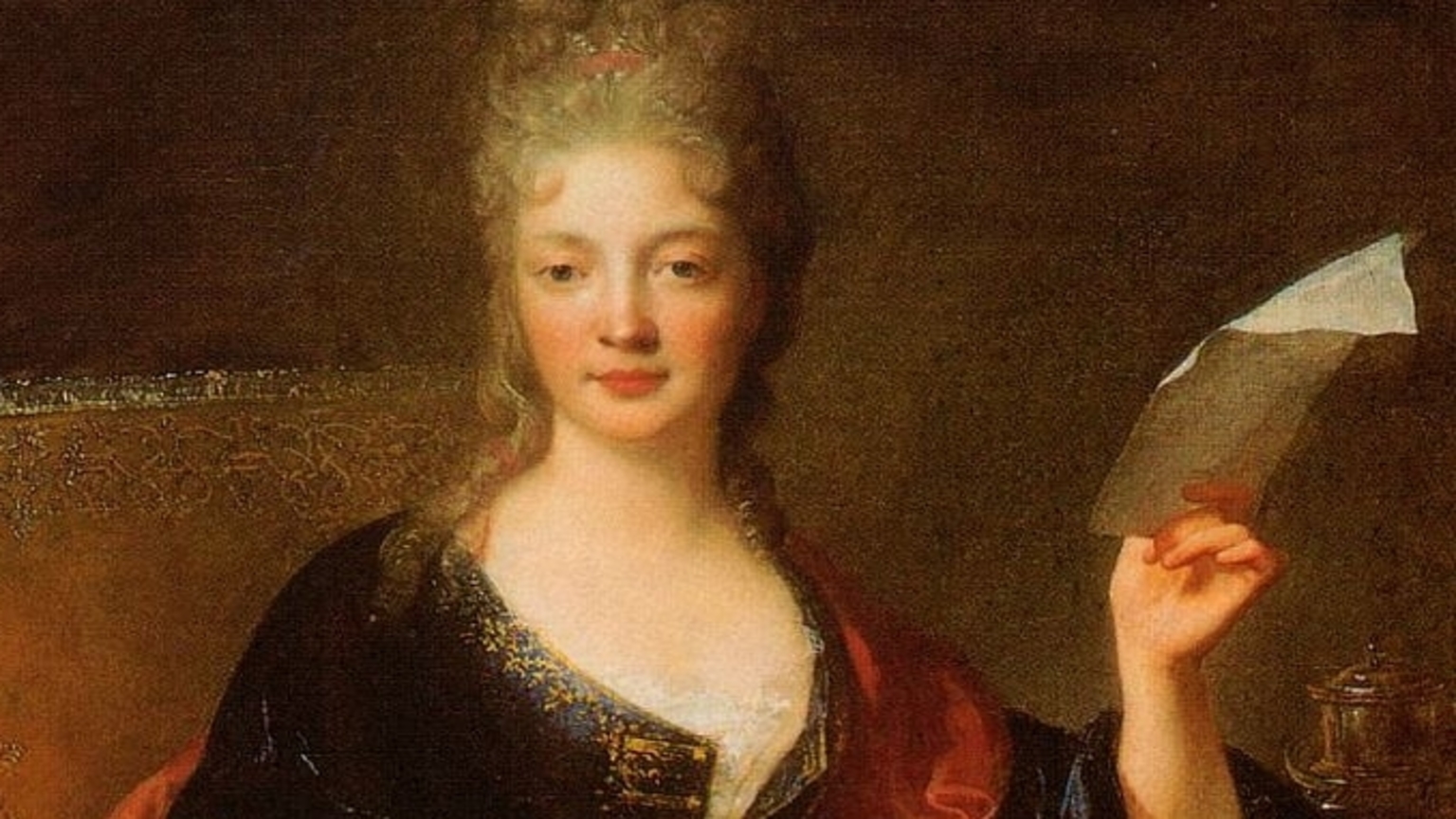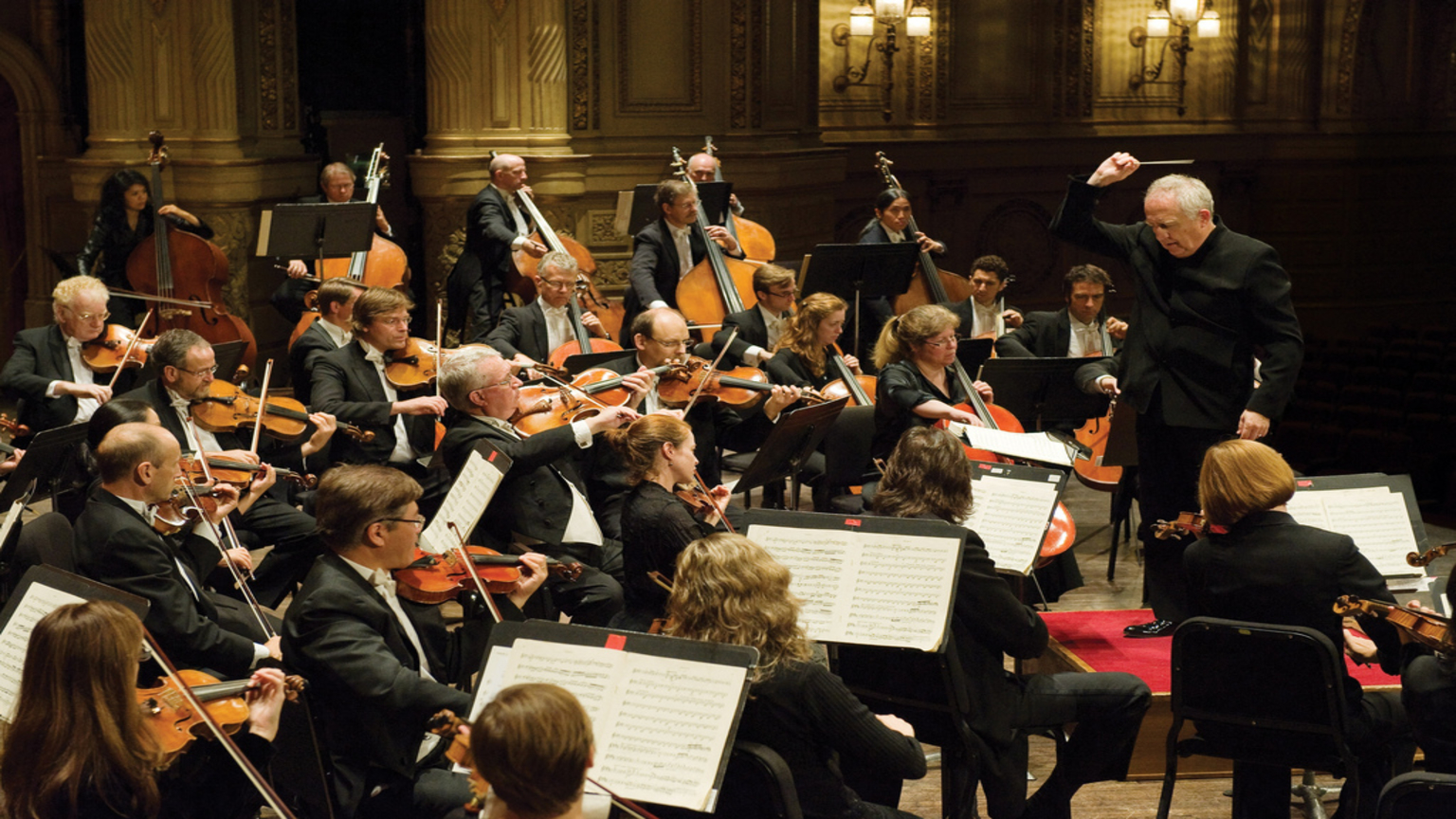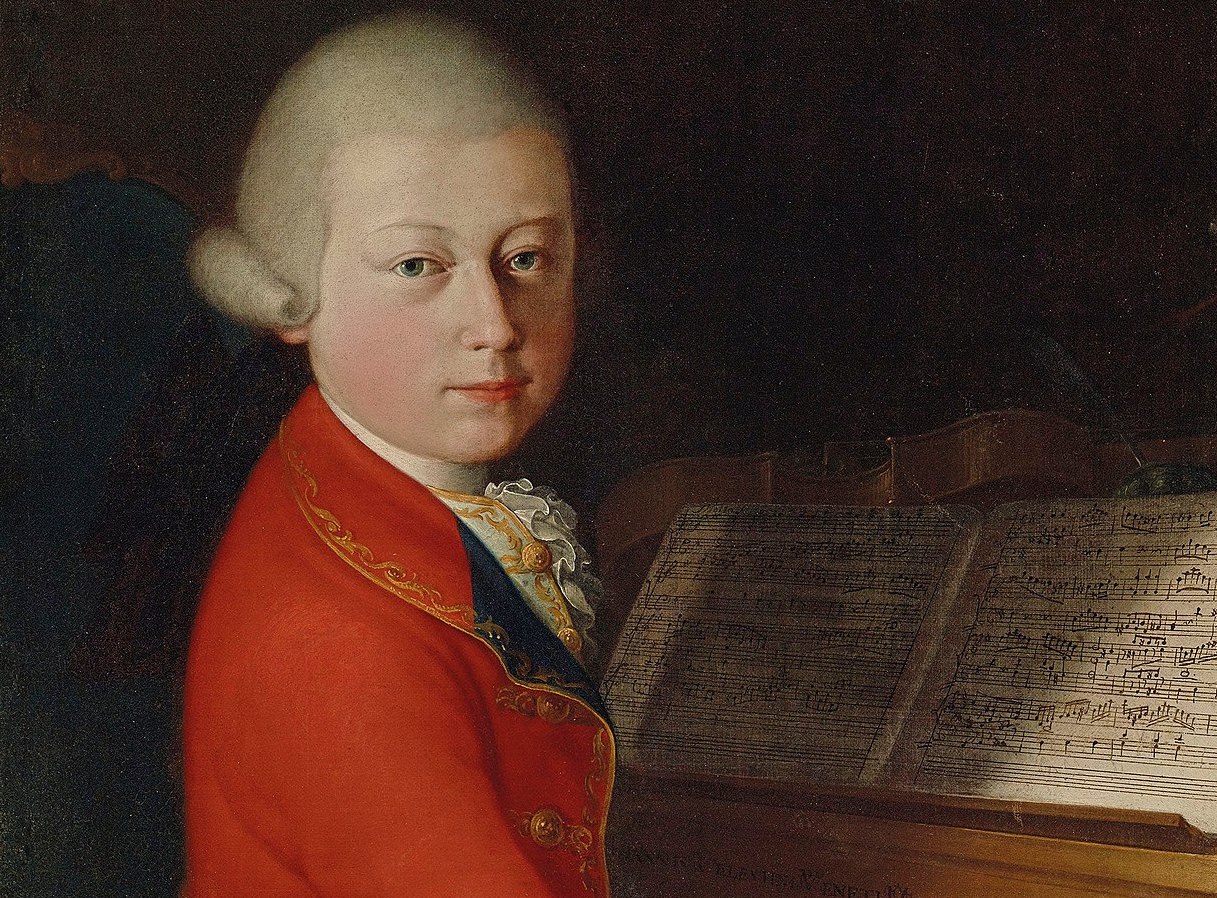Who were the greatest female classical composers in music history?

- Historically, the world of classical music has been dominated by men.
- Despite the obstacles they faced, several female composers managed to make a name for themselves.
- From medieval mystics to mixed-race musicians in the U.S., these composers left a lasting impact on their art form.
When we put together our lists of the world’s greatest classical and contemporary composers, we did so by aggregating rankings from other publications. Initially, we wanted to do the same thing for our list of the greatest female classical composers in history. As we searched the internet, however, we struggled to find the number of lists necessary to provide a comprehensive overview.
This tells us two things: (1) The number of female composers in previous centuries was exceedingly small; and (2) these female composers still receive far less attention from media outlets than their male counterparts. Before we move on to the results, it’s important to ask why female composers were largely forgotten in spite of their unmistakable contributions to the art form.
“While women have long been acknowledged as great interpreters of music,” says historian Eugene Gates, “the field of composition has been traditionally dominated by men.” He points to the outdated assumption that women are incapable of producing high art — an assumption that misled music teachers, music historians, and the parents of musically inclined girls throughout the ages.
Even though this assumption has since been dispelled, the world of classical music remains dominated by men. In 2012, only 14% of the members of the Performing Rights Society for composers, songwriters, and music publishers were female. In 2021, meanwhile, Classic FM learned that women “compose only five percent of the pieces scheduled in classical music concerts today.”
“For some reason, it’s taking a lot longer than in literature and the visual arts to reach equilibrium,” Kerry Andrew wrote of the music world ten years ago. She traces the problem back to modern music education, where, on average, classes are 33% female. If schools replaced the study of dead white male composers with a more diverse curriculum, she argues, they might encourage more girls to apply.
Despite the varying degrees of adversity they faced in life, several inspiring women managed to carve out a place for themselves among their male peers. From medieval nuns to mixed-raced musicians in the Deep South, the cultural and socioeconomic backgrounds of these female composers were far more diverse than those of previous lists — a testament to their talent and perseverance.
Hildegard von Bingen
One of the first major female composers in history was St. Hildegard von Bingen, a German abbess from the High Middle Ages who, in addition to her ecclesiastical duties, also made a name for herself as a historian, philosopher, and composer of liturgical songs. For her various achievements and exemplary lifestyle, von Bingen was eventually venerated by the Catholic Church.
Her surviving musical oeuvre is far larger than that of any other medieval composer. Her best-known work is the morality play Ordo Virtutum. Morality plays, popular in von Bingen’s life, center on human characters who encounter personified concepts such as chastity or envy. She was also revered for her monophonies — songs where the melody consists of a single instrument or singer.
Lili Boulanger
The tragedy of Lili Boulanger is worthy of its own opera. A child prodigy born in 1893 to a Parisian family of musicians, Boulanger’s talents first revealed themselves when she was less than two years old. The only thing standing in the way of a promising musical career was her poor health. In 1912, Boulanger collapsed while competing in the Prix de Rome, a prestigious arts competition established by King Louis XIV.
Boulanger returned the next year to become the competition’s first female winner with her cantata Faust et Hélène. Unfortunately, she passed away from intestinal tuberculosis at age 24. During her final years, she worked on an opera titled La Princesa Maleine, which she was unable to finish. Had Boulanger lived longer, she surely would have gone down as one of the most accomplished composers ever.
Clara Schumann
Clara Schumann was the wife of German classical composer Robert Schumann. Her musical career began long before marrying her husband, whom she met while playing piano at the home of Ernst Carus, the director of the mental hospital at Colditz Castle. Robert was studying law at the time, but left school to pursue music so he could be closer to her.
Schumann played all over Europe. Her patrons included the likes of Goethe who, upon hearing her play, presented her with a medal. “The appearance of this artist can be regarded as epoch-making,” one critic wrote of a performance Schumann gave in Vienna when she was only 18. “In her creative hands, the most ordinary passage, the most routine motive acquires a significant meaning.”
Francesca Caccini
Francesca Caccini lived and worked in Florence during the early Baroque period. Her first recorded musical performance took place in the presence of none other than the city’s influential Medici family. For them, Caccini sang as part of an ensemble alongside other members of her artistically inclined and well-educated family. Eventually, she became the Medici court’s highest paid musician.
While little of Caccini’s work survives, her legacy endures through La Liberazione di Ruggiero, the earliest known opera written by a woman. In addition to composing music, Caccini often wrote the accompanying poetry. Her work was unique among Baroque artists like Monteverdi or Jacopo Peri in that many pieces, notably those in her Primo Libro, engage in metatextual dialogue with each other.
Élisabeth Jacquet de La Guerre
Born in 1665 in a wealthy and progressive family in France, Élisabeth Jacquet de La Guerre was fortunate enough to receive the same quality education as her brothers. This paid off as, at age five, her musical talents caught the attention of Louis XIV, whose court she would join as a teenager. Nowadays, de la Guerre is remembered as the only major female classical composer of the ancien régime.
At the time, her music was known for its variety as well as its originality. De la Guerre composed everything from operas to sonatas. According to fellow members of the court, she could improvise behind the piano for several hours on end. Her first published work, Premier Livre de Pièces de Clavecin, was written for the harpsichord — a tribute to her father and grandfather, both instrument makers.
Louise Farrenc
Louise Farrenc was born in Paris in 1804 to Jacques-Edme Dumont, a sculptor. She was given piano lessons at an early age. When, at age 15, she began to show serious promise as a classical composer, her parents enrolled her at the city’s Conservatoire, where she studied under Bavarian music theorist Anton Reicha. Her eventual husband, Aristide Farrenc, became one of France’s leading music publishers.
Farrenc’s early compositions garnered praise from Robert Schumann. The majority of her music was written for piano, but she also composed overtures and symphonies which were performed at the Conservatoire. In 1842, Farrenc joined the Paris Conservatory as a Professor of Piano — a job that she held for more than 30 years.
Fanny Mendelssohn
Fanny Mendelssohn grew up in Berlin during the early 19th century and studied under the likes of Ludwig Berger and Carl Friedrich Zelter, two influential German musicians. As prodigious as she was industrious, she wrote more than 125 piano pieces, 250 lieder (“songs”), four cantatas, a piano trio, a piano quartet, and even an orchestral overture.
Unlike many of the women mentioned in this list, Mendelssohn rarely performed in public. Her conservative father disproved of her work, proclaiming it could never become her career but “only an ornament.” Several of her compositions were published under the name of her beloved brother Felix Mendelssohn who, after his sister’s death, ensured she received the recognition she deserved.
Florence Price
Florence Price lived from 1887 until 1953. She grew up in Little Rock, Arkansas, in a mixed-race family. She gave her first performance (on piano) at age four, and published her first composition when she was 11. After finishing high school, she enrolled in the New England Conservatory of Music in Boston, where she passed as Mexican to avoid discrimination for her ethnicity.
Price is remembered as the first African-American woman to be recognized as a major U.S. classical composer. Upon finishing her education in Boston, Price became the head of the music department at the historically black Clark Atlanta University. She later moved to Illinois to escape racial violence in the Deep South. There, she became an integral part of the Chicago Black Renaissance.
Ethel Smyth
The fourth of eight children, Ethel Smyth was born in 1858 in Sidcup, England. Though her actual birthday was April 22, the family always celebrated on April 23, the day marking the birth of William Shakespeare. Smyth’s early influences included Richard Wagner and Hector Berlioz. Throughout her lengthy career, she composed piano music, chamber music, orchestral works, and operas.
Her opera The Wreckers is now considered one of the greatest ever written. In Smyth’s own time, though, her music was often criticized for sounding too masculine. In order to escape the derogatory label of “female classical composer,” she became an active member of the women’s suffrage movement and put her musical career on hold for about two years to fully commit herself to the cause.





